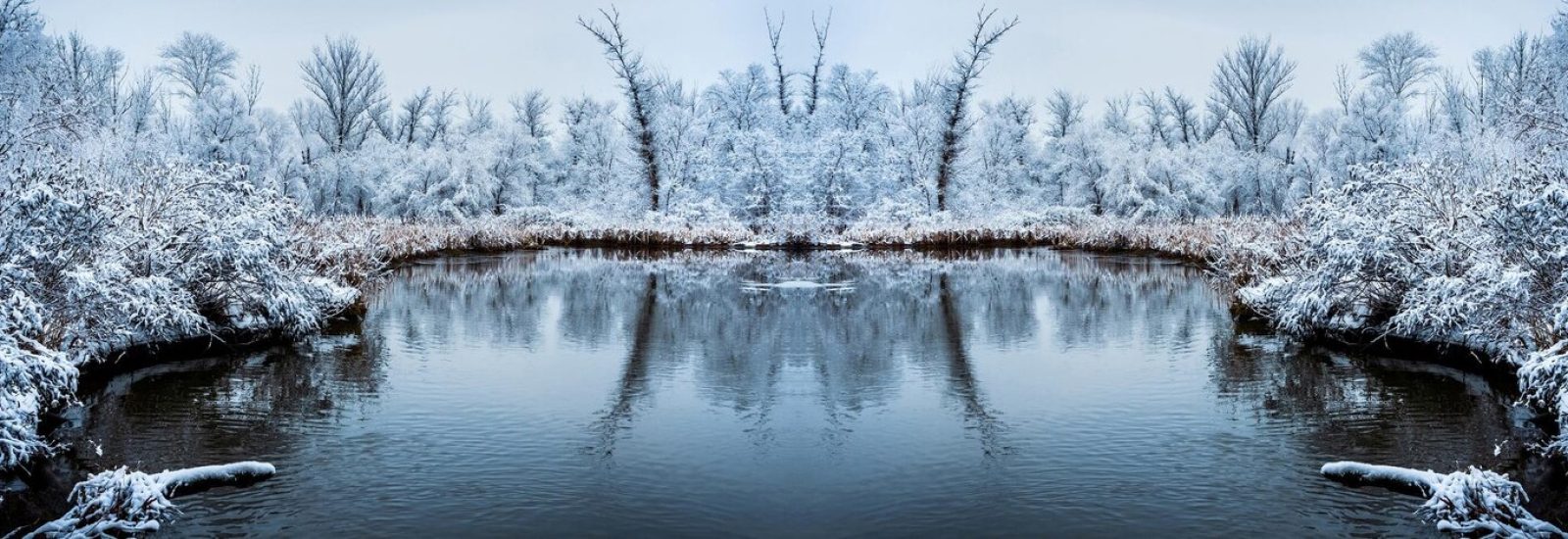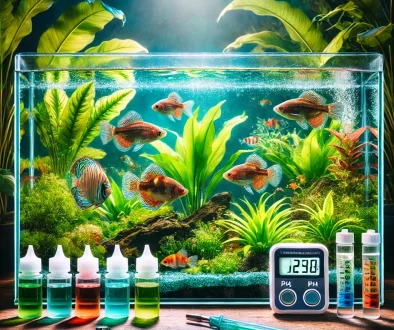How to Prepare Your Garden Pond for Winter
How to Prepare Your Garden Pond for Winter
As the seasons change and winter approaches, it’s essential to prepare your garden pond to ensure it remains healthy and thriving during the colder months. Proper pond care at this time will help protect aquatic life, maintain water quality, and prevent damage from freezing conditions. Here’s a comprehensive guide to winter pond preparation.
1. Clear Out Dead Plant Material
Throughout the autumn, leaves and other debris will likely have gathered in and around your pond. If left unchecked, these materials can sink to the bottom, decay, and affect water quality by producing harmful gases. Here’s what to do:
- Skim the surface regularly to remove fallen leaves.
- Cut back dead or dying aquatic plants such as water lilies. Trim them down to prevent rotting in the water.
- Consider placing a net over the pond in autumn to reduce the amount of debris entering the water.
2. Deep Clean the Pond
Once the surface is clear, it’s time for a deeper clean. Use a pond vacuum or a net to remove sludge and debris from the bottom. This will reduce the build-up of decaying material that can affect the water’s oxygen levels and overall health during winter.
If you have a large pond, consider cleaning it in stages to avoid disturbing the ecosystem too much at once. Fish and beneficial bacteria need time to adjust.
3. Check the Health of Your Fish
Cold weather slows down fish metabolism, so they require less food. As the water temperature drops below 10°C, gradually reduce feeding until you stop altogether. Overfeeding during winter can lead to uneaten food sinking to the bottom, causing poor water quality.
Fish will naturally go into a semi-dormant state, and disturbing them as little as possible is crucial. Monitor their behaviour and ensure they’re moving slowly but healthily.
4. Consider Pond Depth and Freezing Protection
If your pond is shallow (less than 60 cm deep), it is at higher risk of freezing over entirely, which can harm fish and aquatic plants. In such cases, you may need to take extra precautions:
- Install a pond heater or floating de-icer to keep a small section of the surface ice-free. This allows toxic gases to escape and oxygen to enter.
- Use a floating ball or other objects on the surface to prevent total ice coverage.
- Never break the ice by force as it can shock or harm fish due to the soundwaves.
5. Check and Maintain Pond Equipment
Your pond’s filtration system, pumps, and fountains may not be necessary during winter, especially if temperatures drop below freezing. Here’s how to manage pond equipment:
- Remove and store non-essential equipment such as UV clarifiers and fountains. These can be damaged by freezing temperatures.
- If your pond remains active during winter, ensure that pumps and filters are designed to handle cold weather. Clean them thoroughly before winter starts.
- Reduce the flow rate of water features as fish prefer calmer waters during the colder months.
6. Protect Pond Plants
Aquatic plants can be vulnerable during winter. Hardy plants like water lilies will survive the cold as long as they are in deeper water where they won’t freeze. For more sensitive plants:
- Move tropical or sensitive plants indoors if possible.
- Alternatively, place them in a greenhouse or cover them to insulate against the frost.
7. Monitor Water Quality
Even in winter, maintaining water quality is important. Test your pond’s water to ensure it remains balanced:
- Ammonia and nitrite levels should be low to avoid harming fish and other wildlife.
- Oxygen levels can drop, especially if ice forms on the surface. Keep an eye on the oxygenation of the water.
8. Encourage Wildlife Protection
If your pond is home to frogs, toads, or other wildlife, it’s important to maintain a safe habitat for them. Amphibians often seek refuge in the mud at the bottom of ponds or in nearby vegetation. Ensure they have:
- Plenty of plant cover around the edges of the pond.
- A shallow section for easy access to and from the water.
Conclusion
Properly preparing your garden pond for winter can protect its ecosystem and prevent costly repairs. With a little attention to detail, you can ensure that your pond remains healthy, your fish survive the cold, and your plants return with vigour in spring. Start early, keep an eye on the weather, and make adjustments as needed to ensure your pond weathers the winter months smoothly.
By following these steps, your pond will be well-equipped to handle the chill, ensuring it remains a serene and beautiful feature of your garden year-round.





